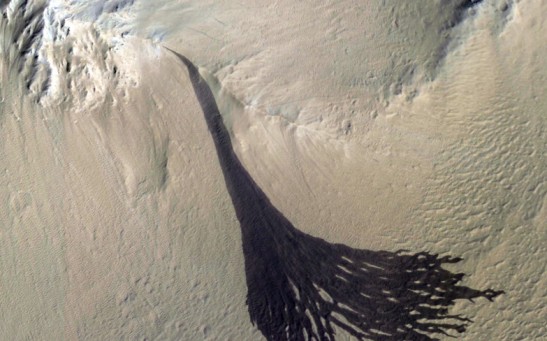Mars Odyssey
Curiosity Rover Gets Its Own Special—Discovery Channel Tonight
Future Mars Missions Threatened by Cosmic Radiation
Watch: NASA Moves Martian Orbiters to Avoid Comet Siding Spring
NASA’s Spacecrafts ‘Duck And Cover’ Behind Mars as Comet Passes Through
Most Popular

How Technology Is Changing the Real Estate Industry?

How a Plant-Based Diet Can Protect Against Breast Cancer: Insights from Nutrition Research

Study Reveals High Turnover in Scientific Research Careers: What This Means for Future Scientists

Nikolay Karpenko Biography, Photo, Career, Accomplishments






